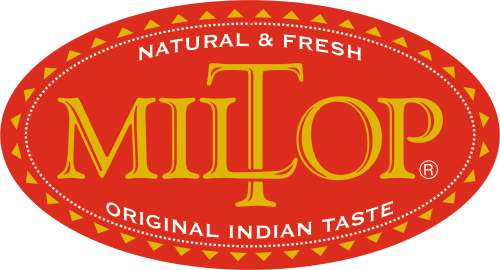Description
Almonds contain approximately 54% oil, of which 78% is mono-unsaturated oleic acid, an omega-9 fat, and 17% is omega-6 polyunsaturated essential fatty acid. Super-unsaturated omega-3 fats are negligible in almonds. The oil is good for application to the skin as an emollient, because it is more stable (does not become rancid) than those oils that have a higher content of essential fatty acids, and because it has a pleasant aroma. It is mild, lightweight oil that can be used as a substitute for olive oil.
The sweet almond itself contains practically no carbohydrates and may therefore be made into flour for cakes and cookies (biscuits) for low-carbohydrate diets or for patients suffering from diabetes mellitus or any other form of glycosuria , wheat allergies and coeliac disease. A standard serving of almond flour, 1 cup, contains 20 grams of carbohydrates, of which 10 g is dietary fibre, for a net of 10 g of carbohydrate per cup. This makes almond flour very desirable for use in cake and bread recipes by people on carbohydrate-restricted diets. Almonds are a rich source of Vitamin E, containing 24 mg per 100 g. They are also rich in monounsaturated fat, one of the two “good” fats responsible for lowering LDL cholesterol. Claimed health benefits of almonds include improved complexion, improved movement of food through the colon (feces) and the prevention of cancer. Almonds when present in the diet with elevating the blood levels of high density lipoproteins and of lowering the levels of low density lipoproteins.
In Ayurveda, an ancient system of health care that is native to the Indian subcontinent, almond is considered a nutritive for brain and nervous system. It is said to induce high intellectual level and longevity. Almond oil is called Roghan Badam .It is extracted by cold process and is considered a nutritive aphrodisiac both for massage and internal consumption. Recent studies have shown that the constituents of almond have anti-inflammatory, immunity boosting, and anti-hepatotoxicity effects. Almonds may cause allergy or intolerance. Cross reactivity is common with peach allergens (Lipid transfer proteins) and tree nut allergens. Symptoms range from local symptoms (e.g. oral allergy syndrome, contact urticaria) to systemic symptoms including anaphylaxis (e.g. urticaria, angioedema, gastrointestinal.
Almond is often eaten on its own, raw or toasted, it is also a component of various dishes. It, along with other nuts, is often sprinkled over desserts, particularly sundaes and other ice cream based dishes. Sweet almonds are used in marzipan, nougat, many pastries and cookies (including French macarons, Macaroons, Financiers), noghl and other sweets and desserts. They are also used to make almond butter, a spread similar to peanut butter, popular with peanut allergy sufferers and for its less salty taste. The fruit is somewhat sour, but is a popular snack in parts of the Middle East eaten dipped in salt to balance the sour taste. Available only from mid April to mid June (northern hemisphere), pickling or brining extends the fruit’s shelf life. Traditionally, a low percentage of bitter almonds (10-20%) is added to the ingredients, which gives the cookies their bitter taste (commercially, apricot kernels are used as a substitute for bitter almonds). Almonds are also a common choice as the nuts to include in torrone. In Pakistan and India, almonds are the base ingredients of pasanda-style curries. Badam halva is a sweet made from almonds with added coloring. Almond flakes are added to many sweets (such as sohan barfi) and are usually visible sticking to the outer surface.
Almonds can be processed into a milk substitute called almond milk; the nut’s soft texture, mild flavour, and light colouring (when skinned) make for an efficient analog to dairy, and a soy-free choice, for lactose intolerant people, vegans, and so on. Raw, blanched, and lightly toasted almonds all work well for different production techniques, some of which are very similar to that of soymilk and some of which actually use no heat, resulting in “raw milk” (see raw foodism).
Historically, almond syrup was an emulsion of sweet and bitter almonds usually made with barley syrup (orgeat syrup) or in a syrup of orange-flower water and sugar.



